One question I get asked is how to work with young children with CAS. These children typically have many speech sound (and vowel) errors. They need consistent and frequent speech therapy. However, young clients are also some of my busiest clients. They may switch quickly from activity to activity. They may not imitate speech words in sessions. They may feel frustrated with speaking and not say much at all.
Recently, a clinician I mentor asked some wonderful questions about how to best work with young clients with significant speech sound errors. Although I feel like a perpetual student myself, I have found some things that work well for this population.
I’ve found oftentimes parents and SLPs put pressure on children to imitate before they are ready. Imitation is a cornerstone of speech therapy treatment. Please see previous posts on imitation on this blog.
I’ve also found there are some things to target for young children who are not yet imitating. There are 5 primary targets to consider for young children with CAS. These tips are perfect for:
– Young children with CAS
-Children with significant motor speech sound challenges
– Children who aren’t imitating (or repeating models) in speech therapy sessions
– Children who can’t sit at the speech table for the whole session (yet!)
CAS Defined
What is Childhood Apraxia of Speech (CAS)?
The American Speech Language Hearing Association (ASHA) states:
“Childhood apraxia of speech (CAS) is a neurological childhood speech sound disorder in which the precision and consistency of movements underlying speech are impaired in the absence of neuromuscular deficits (e.g. abnormal reflexes, abnormal tone).”
You can read about my first client with CAS and the progress he made here. This client is a big reason why treating children with CAS is now one of my areas of expertise.
A Client Example, “Melissa”
Before getting started on specific strategies, I’ll give an example of a child who would benefit from these ideas.
A five-year-old child (let’s call her Melissa), comes to a clinic for speech therapy. She is verbal, has an excellent vocabulary and chatters away. However, her speech is difficult to understand. She has CAS, and it is clear she struggles with motor movement for speech.
A Speech Language Pathologist (SLP) shows her toys. The SLP uses her good speech strategies. She follows Melissa’s interest. In addition, she waits for Melissa’s responses. But Melissa doesn’t talk much. Furthermore, she doesn’t imitate the SLP to work on speech sounds.
This is one of this SLP’s first experiences with this particular motor speech disorder. She has a strong knowledge of CAS and has seen results with some older clients. Even so, those same strategies didn’t work with Melissa.
Melissa wandered the room, turned toys over, and generally wanted to play by herself. She would play with the SLP, but didn’t imitate any words (other than some “yes” and “no” answers). Melissa was social and engaged, just not in speech sessions. In addition, she wasn’t initiating verbal speech. Also, she wouldn’t repeat or label items.
This was one of my first clients with CAS, and Melissa taught me a lot about what to do (and not to do) in speech therapy. At the time, I had many questions:
How can I work with Melissa? How can I work on speech sounds if she’s not imitating? How can I work with her on activities where she can be successful but still challenged?
Childhood Apraxia of Speech: 5 Essential Targets To Consider Before Working on Speech Sounds
After seeing my initial young clients with CAS as a recent SLP grad, I realized I needed more information. After some processing, research, and experience I came up with a plan. Or at least, some things to try!
I realized that before working on speech sounds with this client, we needed to lay a groundwork. We needed to get to know each other. Melissa needed to feel comfortable with me, and trust me. She needed to understand why she was in speech and what we were working on.
These concepts pull from SLP research (especially Strand & Skinder, 1999). I learned of these concepts through the work of SLP Margaret Fish, who specializes in CAS.
1. Trust
I’ve found most of my clients take some time to warm up to a new person.
Imagine going to a new place (a speech therapy clinic), and then meeting someone new (an SLP). Would you be ready to get to work right away? Or would you want to get a feel for that person? Maybe you’d want a better idea of what would happen when you went there?
Some of my clients need time to warm up. I don’t blame them! I think in their situation, I’d want the same thing.
What does this mean for speech therapy sessions?
As a parent, it’s important to know we can’t get to producing sounds from moment one (or maybe even day one).
As an SLP, you need to give yourself permission to build a relationship with your client. Building a relationship comes before asking your client to do things for you.
How does this look in action?
– Playing
– Following a child’s lead
– Participating in activities that are motivating for the child
All these things help build trust and a relationship. The work of those initial sessions is to build rapport. Rapport isn’t the work you to do build up to the “real work.” Building rapport is the real work.
As an SLP, I’m asking kids to do hard things when they work with me. For a child with CAS, speech therapy isn’t easy. I want that child to know they have a safe space to learn. Trust sometimes takes time to build, but is essential to the process.
2. Motivation
If a child isn’t imitating in speech therapy, they may need help with their imitation skills. Additionally, they may need help with motivation.
How can we increase motivation?
– Build trust
– Make the activity engaging
– Offer consistent opportunities to complete activities
– Have a predictable schedule
– Offer opportunities to speak, and wait for the child to initiate
3. Attention
As SLPs, we don’t expect young clients to sit still at a table for the whole session. However, a client should be able to participate in a play activity for a few minutes.
If that is difficult, we will work on building a child’s ability to attend before we work on motor speech.
How can your child increase his or her ability to attend to play activities? With most young children, it’s just a matter of practice. Remember, we aren’t trying to get children to sit for the whole session. We are looking for participating in the same activity for several minutes. Once a child can do this, it’ll be easier for that child to attend to a few minutes of motor speech activities.
In play, your SLP will work on sticking with different play activities for several minutes at a time.
4. Movement
CAS is a motor planning disorder. That means children will work on motor movement to produce speech sounds. Speaking involves coordination of many articulators, including the tongue, lips and jaw.
Speech therapy focuses on movement. These motor movements (of the mouth) may be difficult for some children. In this case, a good place to start is focusing on gross motor movement.
In my clinic, I have a tube and a spin chair that I love to use with clients. I also have tape that looks like train tracks or road tracks that we might jump on, hop on, or jump over.
These initial activities set the stage for our later work. We may start with gross motor movement to show your child we focus on movement in speech. These are also great activities to use as warm ups so clients can feel successful. This sets the stage for our future work on motor movements for more specific purposes – creating speech sounds.
5. Following Instruction
To copy movements and participate in activities, children may need additional practice following instructions. Some of my favorite activities to work on this are following directions in routines such as:
– Simon says
– Play with bubbles while pretending (kick the bubbles! swim through the bubbles! brush your teeth through the bubbles!)
– Drawing or coloring in a following directions routine
– Making creatures out of modeling clay by following directions
Foundational Skills for CAS – A Note for Parents
As a parent, it can sometimes be difficult to see your child work on these foundational skills. After all, you may have high expectations for speech therapy and their progress. Remember that these skills are an essential part of your child’s speech therapy program.
Suggestions for Speech Language Pathologists
As SLPs, we often pressure ourselves to start working on motor speech right away for children with CAS. After all, that is what families come to us for! However, skipping these skills often leads to lack of progress and frustration.
If you are an SLP, remember you are working at the level of your client when working on these skills. By laying a strong foundation, you’ll see progress increase in the long run. Let your client’s parents know what you are doing in speech therapy and why. This will help your client’s family understand more about this approach.
Remember that this work is an essential part of speech therapy. It can be tempting to move straight to work on motor speech. However, if you do this with a client who isn’t ready, there will often be frustration on the part of both the child and the SLP. Remember to take the time you need to build these skills.
Your clients should feel successful for most of your session. If you focus only on skills your client can’t do, they will feel frustrated. This frustration will impact motivation. Sessions should focus both on skills that are difficult and skills that are near mastery. This will increase motivation and confidence.
Further Reading
I hope this article has helped you learn skills to work on in speech before motor imitation. If you’d like to read more on CAS, I have several other posts on this topic, including part one and part two, so scroll back for more!
If your child has CAS (or you think your child might have CAS), please feel free to reach out. My speech therapy clinic in Ashland offers services to clients in and around the Rogue Valley.






